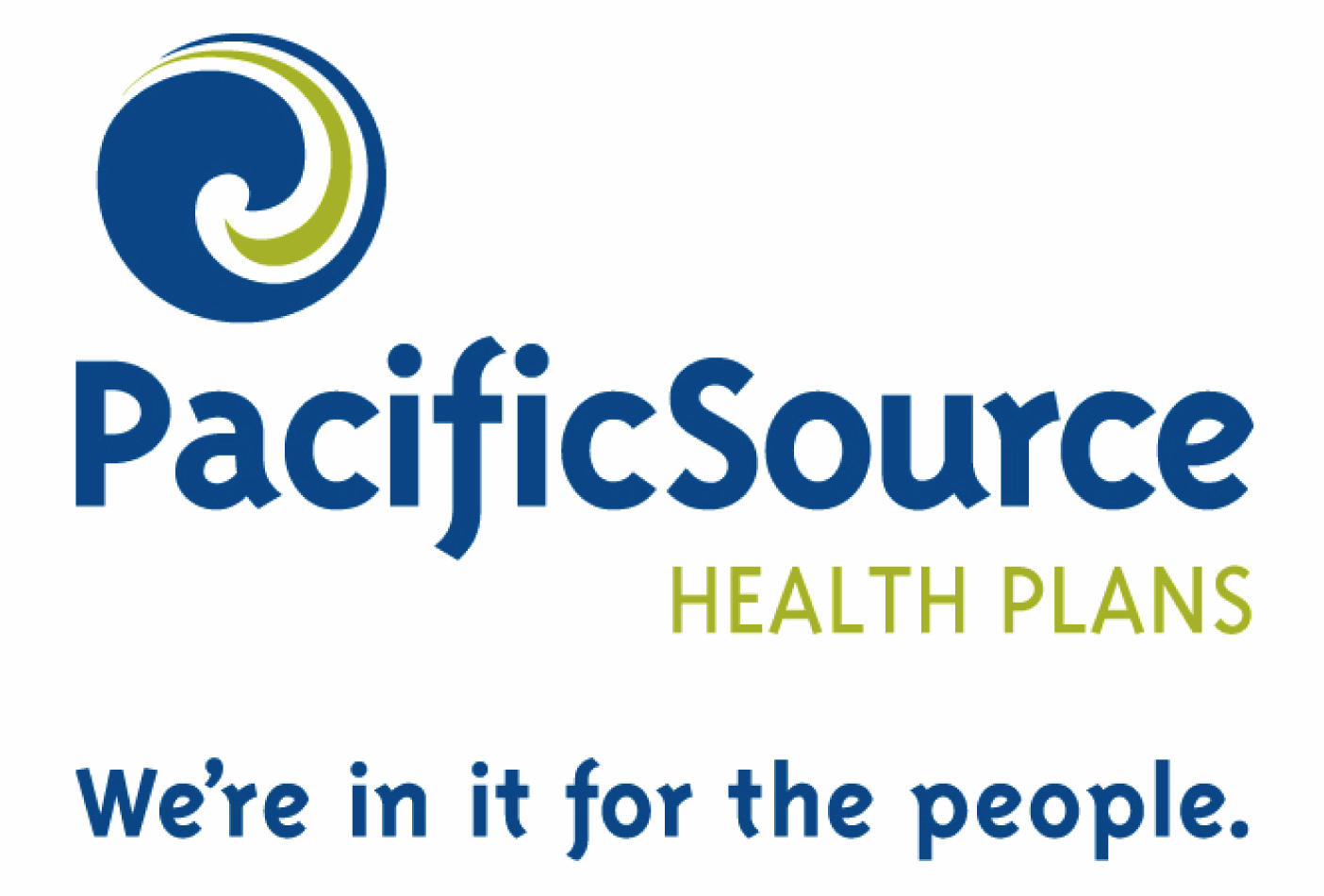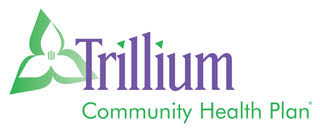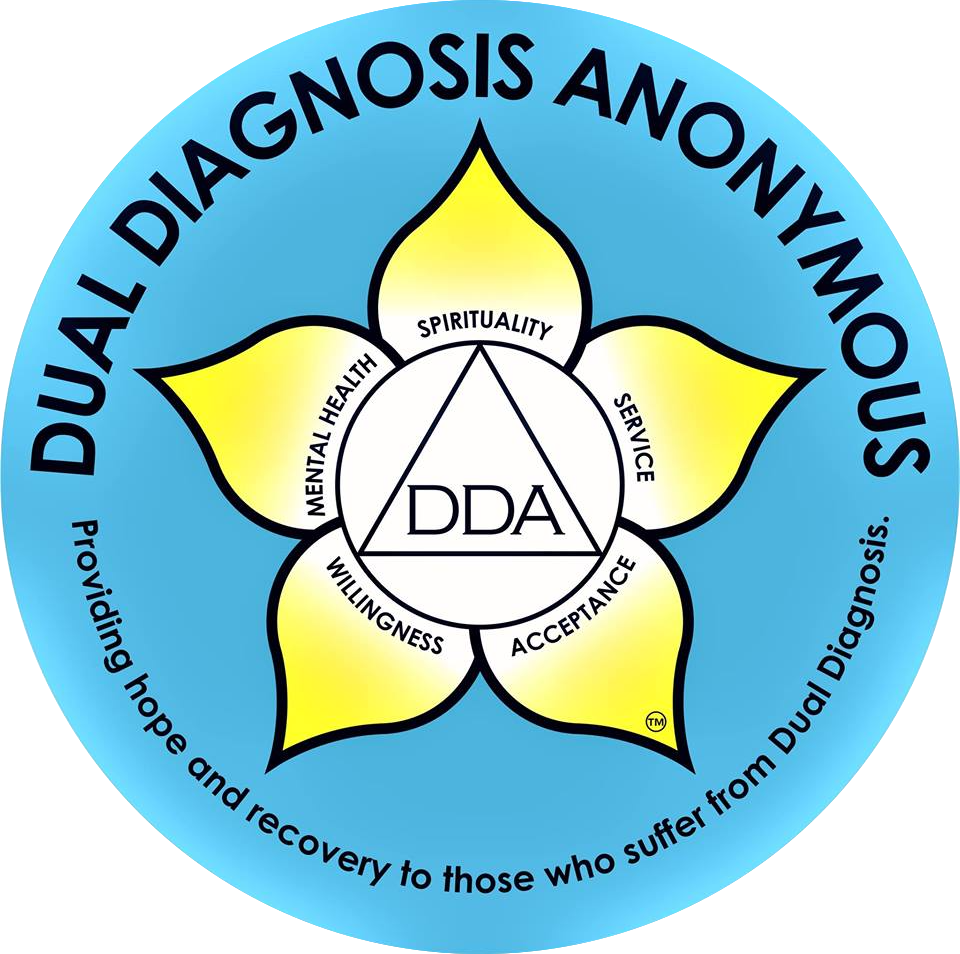As part of the New York Times’ Economic Scene series, David Leonhardt exposes the hidden tax in our current health care system:
The United States now devotes one-sixth of its economy to medicine. Divvy that up, and health care will cost the typical household roughly $15,000 this year, including the often-invisible contributions by employers. That is almost twice as much as two decades ago (adjusting for inflation). It’s about $6,500 more than in other rich countries, on average.
We may not be aware of this stealth $6,500 health care tax, but if you take a moment to think, it makes sense. Over the last 20 years, health costs have soared, and incomes have grown painfully slowly. The two trends are directly connected: employers had to spend more money on benefits, leaving less for raises.
In exchange for the $6,500 tax, we receive many things. We get cutting-edge research and heroic surgeries. But we also get fabulous amounts of waste — bureaucratic and medical.
One thing we don’t get is better health than other rich countries, whether it’s Canada, France, Japan or many others. In some categories, like emergency room care, this country seems to do better. In others, like chronic-disease care, it seems to do worse. “The fact that we spend all this money and don’t have better outcomes than other countries is a sign of how poorly we’re doing,” says Dr. Alan Garber of Stanford University. “We should be doing way better.”
Read the whole article here.










Recent Comments